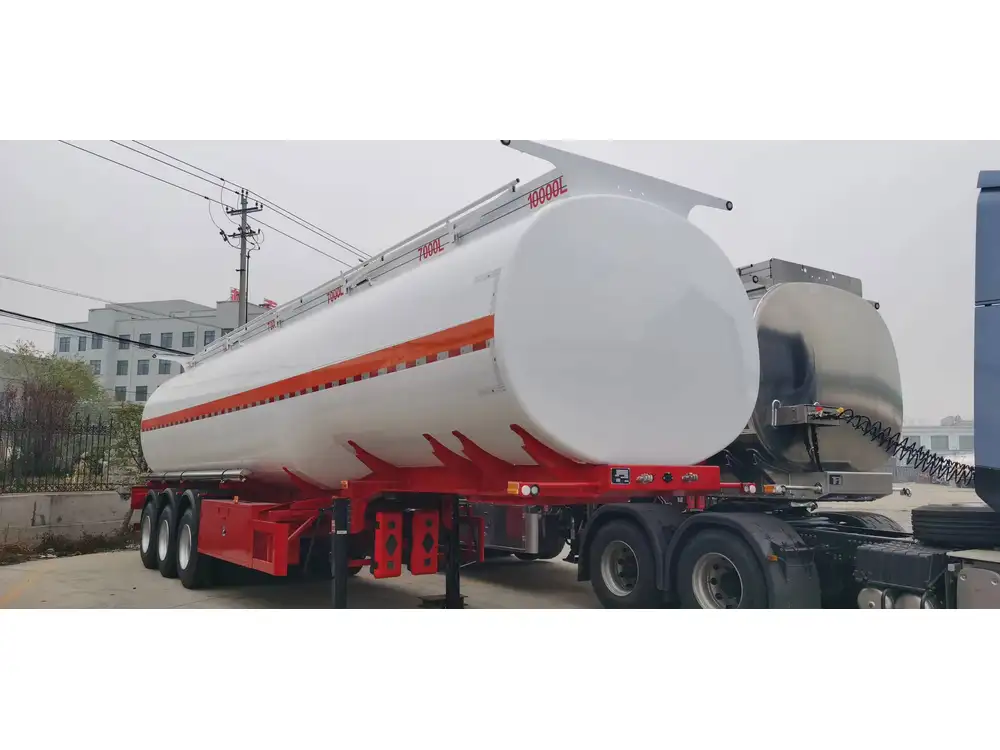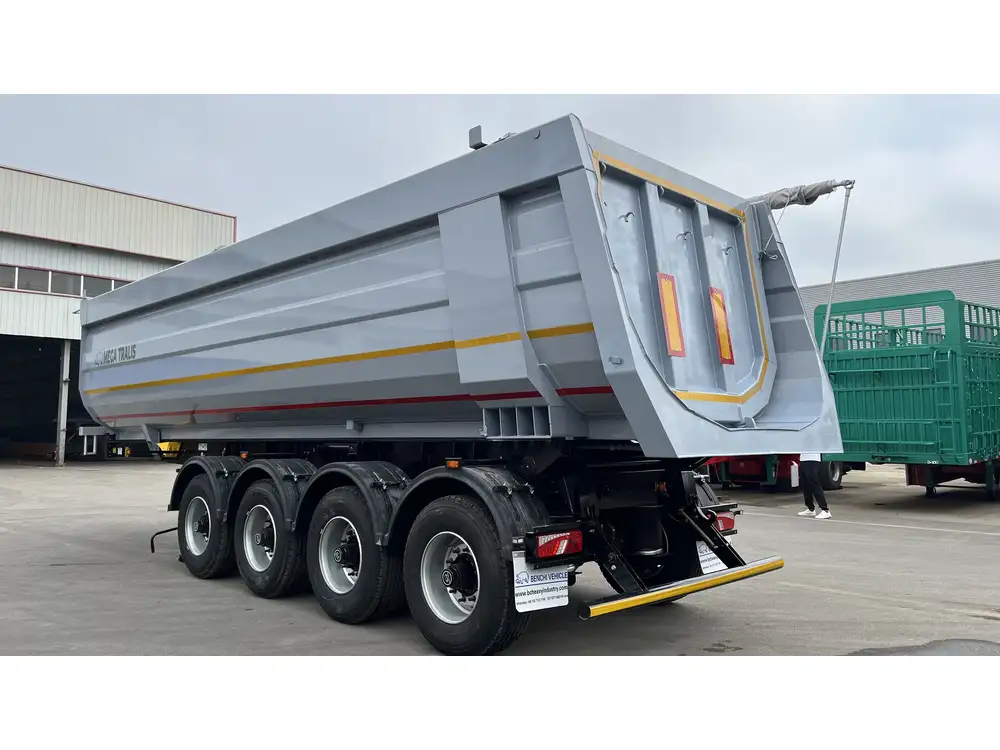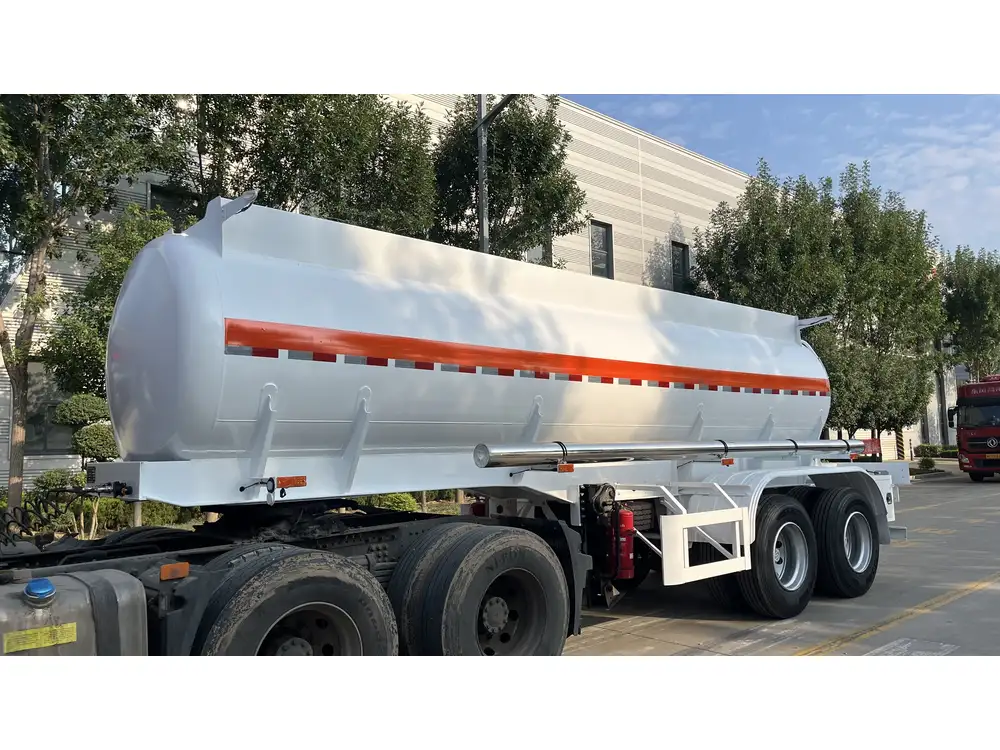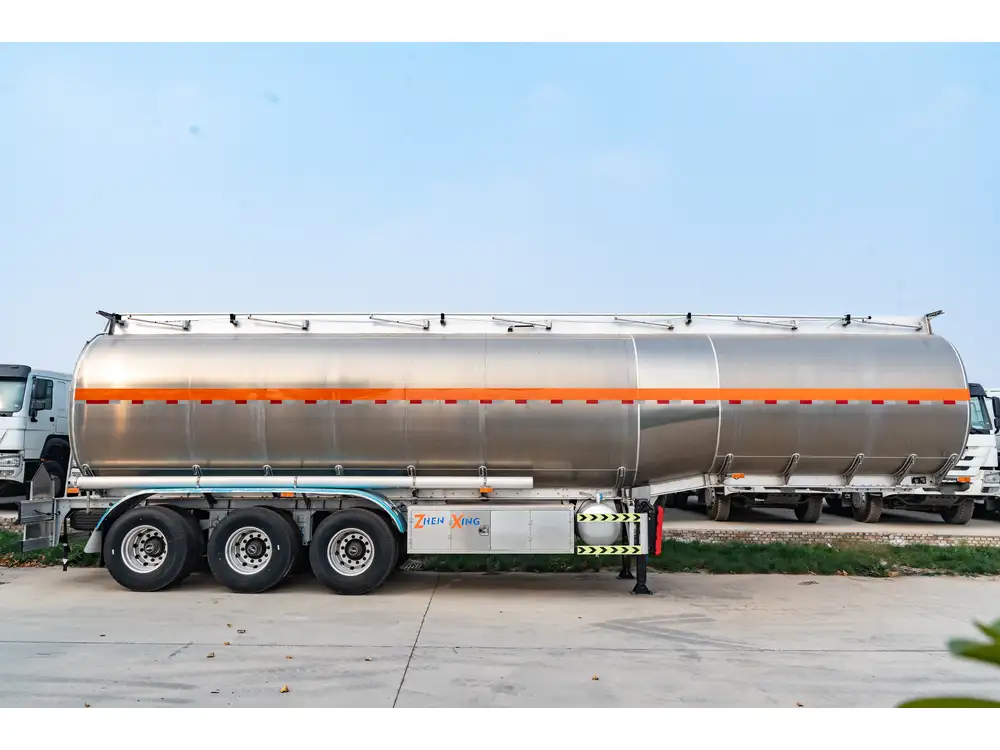When it comes to transporting loose materials, choosing the right dump trailer is crucial. With so many options available on the market, making an informed decision is paramount. This guide delves deep into various types of dump trailers, providing essential insights to help you identify the best type for your needs based on capacity, material, usage, and towing requirements.
Understanding Dump Trailers
Dump trailers are designed for the efficient transportation of materials such as dirt, gravel, sand, and construction debris. They are particularly popular among contractors, landscapers, and farmers due to their ability to ease the loading and unloading processes significantly. There are several factors that influence the choice of a dump trailer, including:
- Payload Capacity
- Trailer Material
- Dimensions
- Tipping Mechanism
- Towing Capacity
- Intended Use
To streamline the decision-making process, we will analyze each factor in detail.
Types of Dump Trailers
Dump trailers can be classified into several categories based on their design and function. Here are the most common types you’ll find:
| Type | Description | Ideal Use |
|---|---|---|
| Single Axle | Smaller trailers, usually with a maximum payload of 7,000 pounds. | Residential landscaping or small jobs |
| Tandem Axle | Trailers with two axles, increasing stability and capacity (10,000-20,000 lbs). | Contractors and commercial use |
| Triple Axle | High-capacity trailers with three axles, typically supporting over 20,000 pounds. | Heavy-duty commercial projects |
| Gooseneck | A type of hitch that provides better maneuverability and weight distribution. | Heavy loads and stable towing |
| Low-Profile | Shorter sides for easier loading/unloading; designed for lighter loads. | Automobile transport or light construction |
| Side Dump | Trailers that dump materials from the side, ideal for unloading in tight spaces. | Road construction, paving |
| End Dump | Commonly used to discharge payload from the back, useful for bulk materials. | General construction and waste transport |

Key Factors to Consider
1. Payload Capacity
Determining the right payload capacity is essential. While a higher capacity essentially means you can haul more, it’s vital to ensure your towing vehicle is compatible. The following will guide you:
- Small Jobs: For smaller projects, like landscaping around a home, a single axle dump trailer with a capacity of 5,000 to 7,000 pounds may suffice.
- Medium to Heavy Jobs: For those engaged in commercial or heavy-duty tasks, opting for a tandem axle or triple axle trailer becomes necessary, as they support more weight and provide better stability.
2. Trailer Material
The material from which a dump trailer is constructed influences its longevity, maintenance requirements, and weight. The primary materials used include:
- Steel: Known for its durability, but it can rust without proper maintenance.
- Aluminum: Lightweight and resistant to corrosion, making it suitable for general landscaping and lighter loads.
- Composite: Offers a balance between weight and durability, suitable for various applications but not as prevalent in heavy-duty contexts.

3. Trailer Size and Dimensions
Choosing the right size is a matter of aligning your project needs with storage and towing capabilities. Consider the following dimensions:
- Length: Common lengths range from 6 to 14 feet, with larger sizes allowing for bulkier loads. Ensure your trailer’s length fits your hauling capacity and storage areas.
- Width and Height: Standard sizes tend to keep the height between 24 to 36 inches. Low-profile designs are beneficial when dealing with lower side heights, while standard heights can hold larger volumes.
4. Tipping Mechanism
The mechanism of tipping is crucial to ensuring your load is deposited correctly. There are primarily two types:
- Scissor Lift: Offers a more even distribution of weight, making it ideal for materials that might not flow easily.
- Single Gear Lift: More common and economical but may struggle with heavier loads or materials with lower flowability.
5. Towing Capacity
Your vehicle must be equipped to handle the combined weight of the trailer and its total load. Make sure to check:
- Manufacturer Specifications: Always refer to your vehicle’s manual for precise towing capacities.
- Brakes: Trailers above certain weight limits are required to have brakes, which enhance safety and control.

Common Uses for Dump Trailers
Understanding common applications for dump trailers can guide you to the best choice for your needs. Here are several prevalent uses:
- Construction Sites: Typically require heavy-duty trailers for transporting aggregates, debris, or heavy machinery.
- Landscaping Projects: Smaller, more maneuverable single axle trailers work well for residential settings for moving soil, mulch, or plants.
- Agricultural Use: Farmers utilize dump trailers for moving feed, grain, and equipment. Gooseneck styles are prevalent due to their stability under heavier loads.
- Waste and Debris Removal: End dump trailers are preferred in waste management as they efficiently remove large volumes of debris.
Comparing Dump Trailers
Let’s break down the advantages and considerations for each type of trailer:
1. Single Axle Dump Trailer
Advantages:
- Lightweight and easier to maneuver.
- Lower initial cost.
- Ideal for light-duty applications.
Considerations:
- Limited payload capacity.
- Less stability on rough terrain.

2. Tandem Axle Dump Trailer
Advantages:
- Enhanced stability and weight distribution.
- Greater payload capacity.
- Versatile across various jobs.
Considerations:
- Heavier, may require a robust towing vehicle.
- Higher maintenance due to more components.
3. Gooseneck Dump Trailer
Advantages:
- Best for heavy trailers due to improved towing dynamics.
- Superior turning radius.
Considerations:
- Requires a specific hitch and compatible vehicle.
- Needs additional storage space.
4. End Dump Trailer
Advantages:
- High capacity, perfect for bulk loads.
- Efficient unloading process.
Considerations:
- Requires more space for unloading.
- Less maneuverable compared to other designs.

5. Side Dump Trailer
Advantages:
- Excellent for tight sites as materials can be unloaded sideways.
- Improved load distribution.
Considerations:
- More complex mechanism than end dumps.
- Requires careful operation to avoid tipping.
Making the Right Decision
To select the best type of dump trailer for your specific needs:
Assess Your Requirements: Identify the types of materials you’ll be hauling, loading and unloading conditions, and your towing capabilities.
Engage with Manufacturers: Consult with manufacturers about their models, focusing on payload, features, and maintenance requirements.
Test the Options: Whenever possible, conduct field tests. This hands-on experience will help gauge the trailer’s performance and compatibility with your operational demands.
Factor in Resale Value: Some trailers tend to hold their value better than others. Consider the future resale market when making your choice.
Conclusion
In summary, choosing the best type of dump trailer demands consideration of various key factors, including payload capacity, construction material, design type, and intended use. Whether your needs lean toward residential landscaping or large-scale construction, selecting the right trailer can significantly impact your workflow, project efficiency, and overall success. By conducting comprehensive research and taking your specific requirements into account, you can ensure that your investment pays dividends, enhancing both your operational efficiency and satisfaction.
Through this thorough examination, we hope you are now equipped with the knowledge to make an informed decision, confidently navigating the world of dump trailers to find the perfect fit for your needs.



